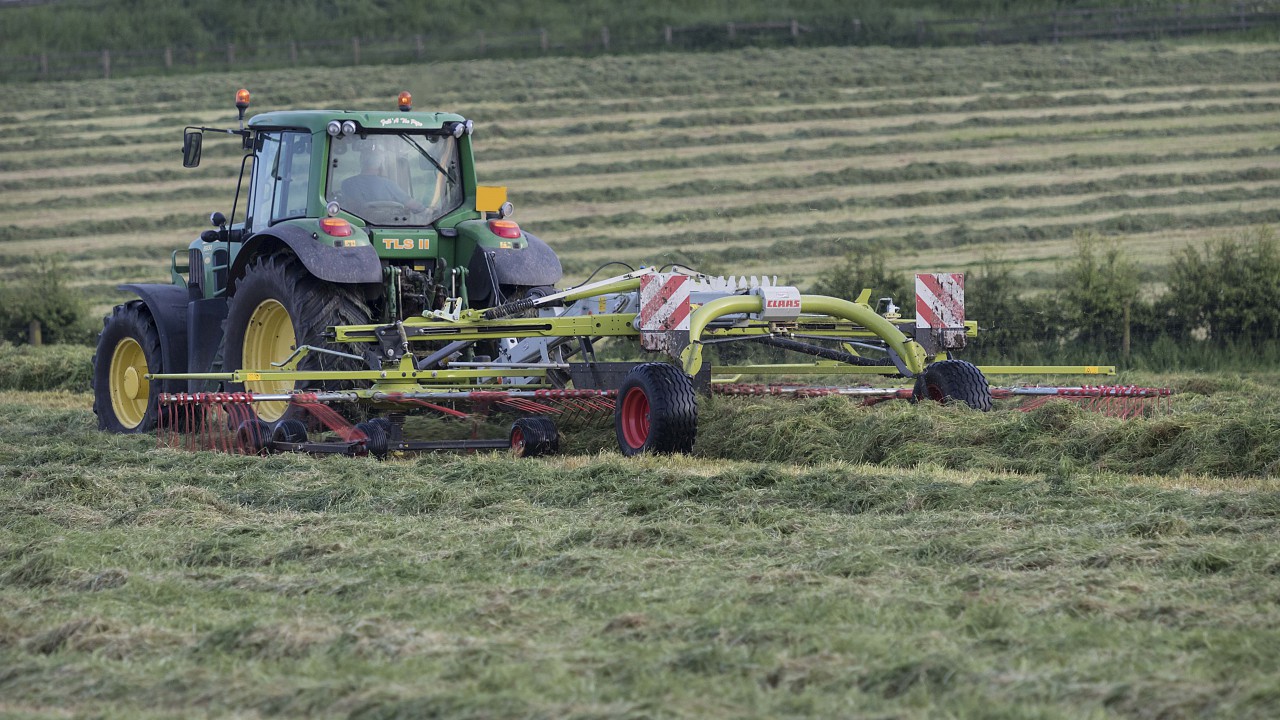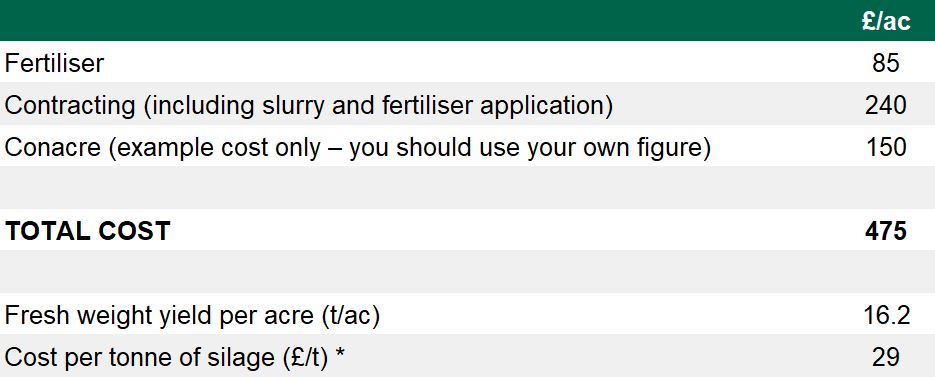Alan Hopps, senior dairying adviser at the College of Agriculture, Food and Rural Enterprise (CAFRE)
Figures show that the average dairy farm using benchmarking takes 42% of their total land farmed as conacre. And, the price paid per year varies widely depending on the area, competition for land and sward quality.
Farmers often overestimate the amount of silage that land will produce. The yield of silage produced on a given area has a large influence on the cost of this silage per tonne on conacre land.
Dairy farmers, in general, aim to make three high-quality cuts of grass. The target of 30% dry matter requires wilting for all three cuts with the first cut taken in early May and the third cut to be taken in the last two weeks of August.
A typical yield of harvested dry matter would be 12t/ha/year. The fresh weight would then be 40t/ha (16.2t/ac). A three-cut system as mentioned above will produce similar yields at each cut. This means that fresh weight harvested at each cut would be 13.3t/ha (5.4t/ac).
So, what is the typical cash cost of producing silage per tonne?
It should, however, be noted that the cost per tonne of silage takes no account of storage or feed out costs
If contractors charge per acre, then it is possible to reduce the cost per tonne of making silage by reducing to two cuts and harvesting more material per cut.
This type of silage will be cheaper to make per tonne; however, higher quality silage will lead to more profit overall.
Additional profit will come from more milk produced per cow, higher milk quality, reduced supplementation levels and lower protein concentrate.
If conacre land has older, lower ryegrass content swards, then the yield potential will be much reduced. Conversely, newly reseeded swards with correct nutrient management, have the potential to produce more.
A range from 10t/ha dry matter for older swards to 14t/ha for more recent reseeds could easily be possible.
The cost of £29/t of silage in Table 1 can be taken as a reference. If a sward only produced 10t dry matter per hectare per year, that land is worth £67/ac if it is taken in conacre (compared to the £150/ac for average yielding swards).
Similarly, if it yields 14t/ha dry matter, then it is worth £225/ac. This shows the influence that grass yield has on the value of conacre.
It is important that you do the calculations for your own dairy farm based on your own circumstances. Discuss the viability of making silage on conacre land with your local CAFRE dairying adviser.



